

Thrips are tiny insects. Those considered pests on crops or in greenhouses feed on plant sap, but that’s not their only food.
Read also:
There are different types of thrips.
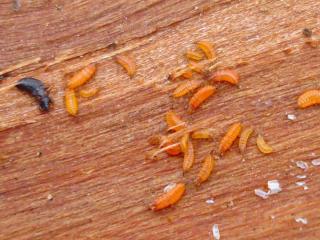 Pests, for instance, feed on plant material.
Pests, for instance, feed on plant material.In some cases, thrips diets vary depending on their lifecycle stage:
Usually, feeding is what leads to plant damage, but egg-laying is also a factor.
Naturally, the species is also important: some are insectivores whereas others are omnivores or herbivores.
Both nymphs and adults feed on the same type of food. When they’re at the egg or pupae stage, thrips don’t feed anymore: they rely on reserves as they undergo transformation.
Typical food for plant-feeding thrips includes:
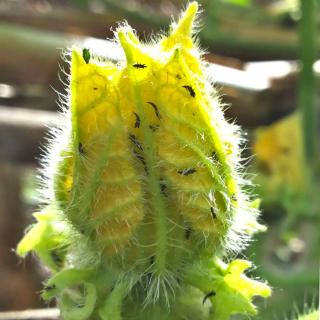 sap and plant material from leaves, fruits, flowers, stems
sap and plant material from leaves, fruits, flowers, stemsThey often prefer parts of plants that are softer and more vulnerable. That’s why you’ll often find them in and on flowers.
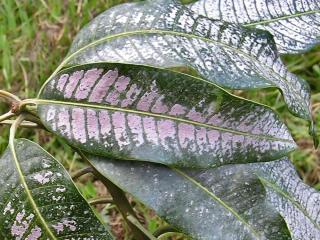 Thrips have sharp prongs near their mouth. They use these to “saw” a hole on the surface of cells. Then, they suck the sap out from plant cells.
Thrips have sharp prongs near their mouth. They use these to “saw” a hole on the surface of cells. Then, they suck the sap out from plant cells.
Sometimes they inject chemicals into the plant to lower its healing powers so it can’t fight back.
This leads to entire areas that still have a complete cell structure, but are hollow. Air fills the spaces in, which gives leaves an appearance that is very characteristic of thrips: silver or white spots on leaves.
Many types of thrips also feed on pollen. This isn’t usually a problem for the flower. Quite the opposite!
Additionally, some predatory thrips are also able to feed on pollen. This helps them survive in case other pests and prey have been driven out.
Beneficial thrips feed on other insects such as:
This type of thrips loves eating debris and rotting plant matter.
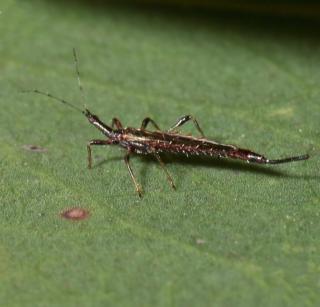 Some types of thrips feed specifically on fungus material. These help control certain fungal diseases. Fungus spores are sometimes just the right size for a thrips to feast on!
Some types of thrips feed specifically on fungus material. These help control certain fungal diseases. Fungus spores are sometimes just the right size for a thrips to feast on!
In other cases, the fungus itself is the food. Thrips will nibble at the fungus mycelium as a source of food.
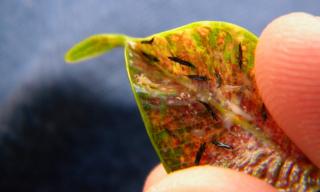 Thrips aren’t interested in either people or pets. However, experience shows that when they land on something soft, some thrips try to bite.
Thrips aren’t interested in either people or pets. However, experience shows that when they land on something soft, some thrips try to bite.
Simply, skin patterns are similar in feel and thickness to some types of leaves, at least from a thrip’s point of view. As such, don’t be surprised that they try to feed off whatever they land on!
It hurts a bit, like the bite of a mosquito, but the itch thankfully doesn’t last as long.